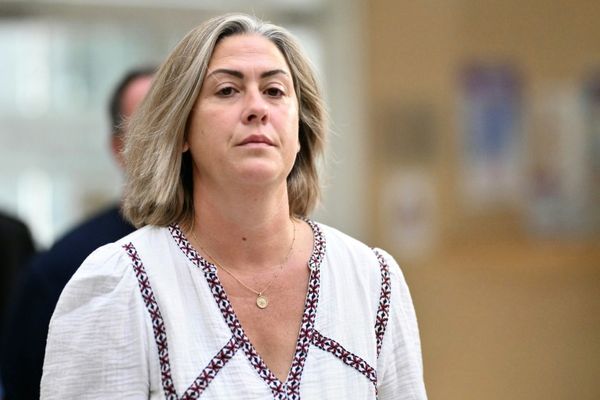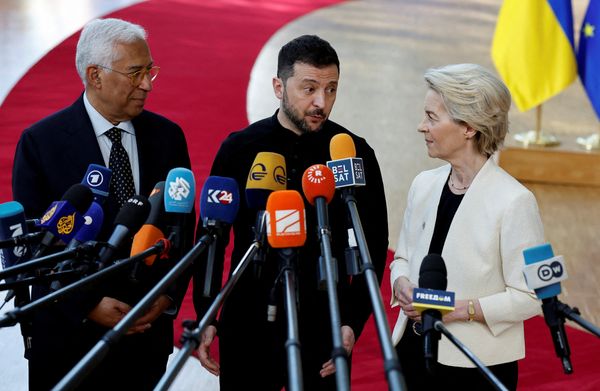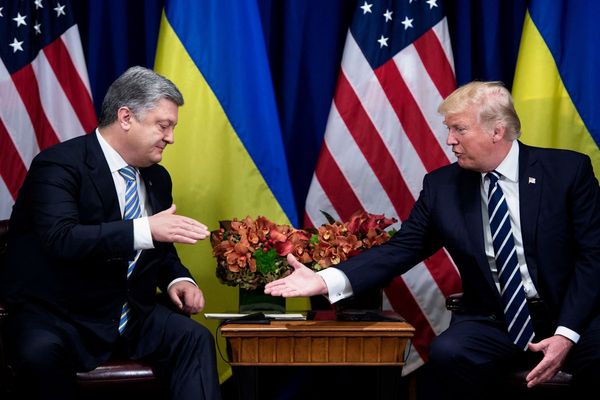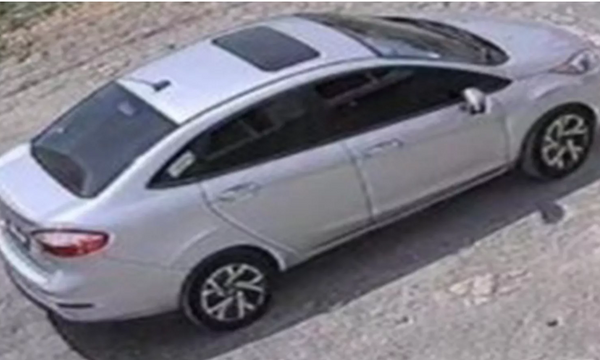Let’s face it, the city as we see it today owes its origins to colonial history. But there is a longer legacy – that of the sea. Chennai that was Madras owes a lot to its location– an aspect that few of us care to reflect upon. Would we be what we are if we were somewhere else? More than a colonial city, we are a coastal city.
From Sangam literature, we get a picture of coast of busy ports – small settlements, but nevertheless extremely important globally – for we traded with faraway lands such as Greece, Rome and China whose people were collectively referred to as Yavana/Avunar. Later, we hear of the term Sonahar – Arab or Persian traders – who too joined the flourishing trade and eventually came to control the shipping lines from Africa. There is significantly even now a Jonahan Street in the Mylapore area – close to the sea. This is said to have morphed from the original Sonahar.
The verses that Alwars and Nayanmars lavished on the shrines that would eventually be encompassed by the city –Mylai, Thiruvallikeni,Thiruvottiyur, etc., refer to the sea and of vessels arriving and departing.
If for Peyazhwar, Thiruvallikeniwas where the sea deposited corals and pearls by the beach to an extent that the colour combination rivalled the twilight sky, forSambandaratMylai, an abiding image was of fisherfolk spearing their catches.ApparatTiruvottiyur sings of setting forth in the vessel called the mind, with ego as his oar and anger as his cargo, only to crash on the rock of passion.MamallapuramtoThirumangaiAzhwarwas where ships called frequently, their holds laden with elephants, gold ingots and gems.From medieval records we know of a harbour inMylaicalled Shah Bandar of which not a trace survives.
The Portuguese arrived, enticed by the legend of St. Thomas, which by itself originated with an arrival by sea in ancient times. Marco Polo mentions it and so it was but natural that thedevout andproselytisingPortuguese wanted a toehold here.
Santhomebecame a Portuguese town. Then came the Dutch – to settle atPulicat, to trade in a commodity that had been shipped out for centuries from here – cotton cloth. They were followed by the British, who made Madras/Chennai their base.Being the southern presidency capital, Madras was the first port of call– and it benefited. It became an education hub and a medical centre – legacies that continue even now.
For all that they came by the sea and were known as a naval power, the British underestimated the sea at Madras. Most colonial administrators wrote it off as a place with no potential – it had no natural harbour and while the small vessels of ancient times could come and go, not so the big ships from Europe– they had to stop two miles in the sea at a place called Madras Roads and then be at the mercy of the small craft –Kattumaramthat gave us the word catamaran – to ferry goods and passengers.
Comparedwiththe relative ease of Colombo,Bombayand Calcutta,not many wanted to do business here. However, thanks in main to the Madras Chamber of Commerce (and Industry as it is known now), workbegan in 1875 on a proper harbour, whichwas completed early in the 20thcentury.There again, there was plenty of underestimation of the sea and its power – time and again it returned to teach the engineers a lesson or two.
But with a harbour in place, suddenly all kinds of goods began to arrive – cars, petrol, several items classified as piece goods. We began to exportagricultural cash crops, cotton andsadly, indentured labour as well. More important was the arrival of printing machinery – from which books and periodicals in Tamil and English were churned out for a hungry reading public. Literacy began spreading much faster. Minds were being awakened.Not many remember that India’s continuing battle for social equality began here, early in the 20th century, owing tointeractions between the oppressed and the ruling classes with no Indian intermediaries. It was an interaction that was made possible byliteracy.
The Second World War re-established the city’s sea power –with Madras Harbour practically the only facility on the eastern front to be left untouched, the Allied Troops and resources, and defence establishments streamed in. Exports of leather and hakhi rills boomed and the city’s population doubled. And kept doubling thereafter.Post-Independence, per the Industrial Policy Resolution, the three port cities became industrial hubs.Madras came into its own as anindustrialcapital. Ashok Leyland, Amalgamations, theMurugappaGroup, and later TVS, Rane and othersmade it so. Here too,the sea was important – everything that was needed came that way. And then in the 1980s, when Maruti began, where do you think the first CKDs of the cars from Japan arrived fortransport by train to Haryana? Madras, of course.
Cut to the 1990s, with liberalisation having taken root, the pre-existing automobile hub, and the high levels of technical expertise here made sure new automobile ventures came in. The old established component manufacturersrose to the challenge of catering to them, and then began to export -by sea.Today’s networked world may have brought other factors intoplaybut the legacy of the past continues to help Chennai.
Long may the winning combination – of coast, city and sea – continue.
(The author is a historian and author of the recently-launched book - Chennai,A Biography)







